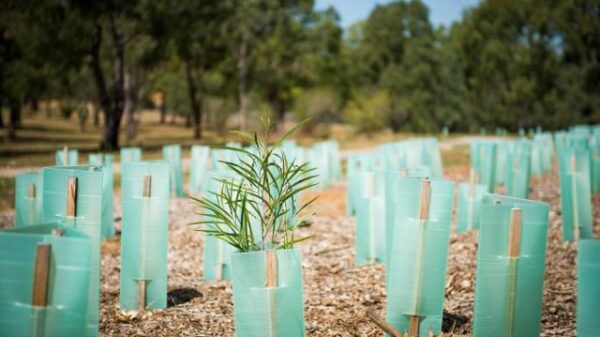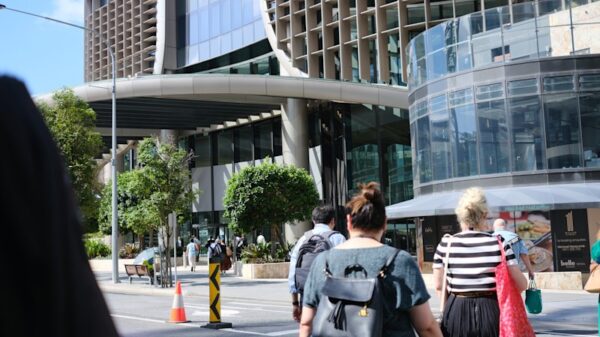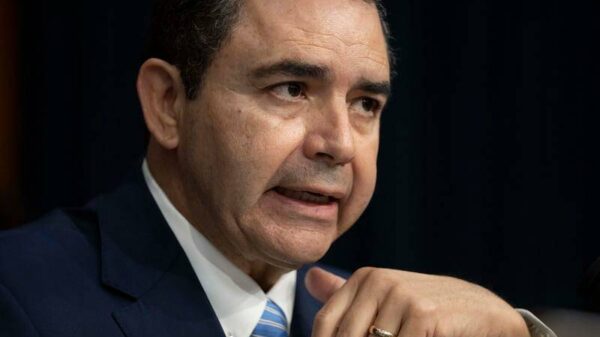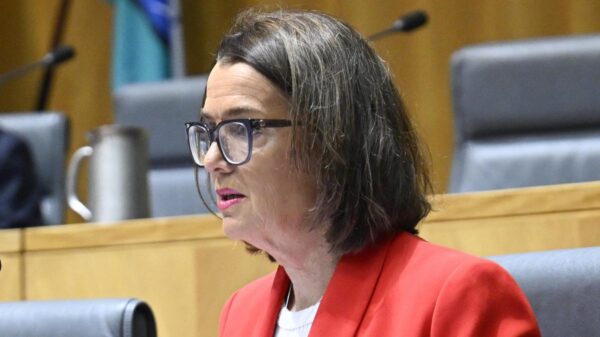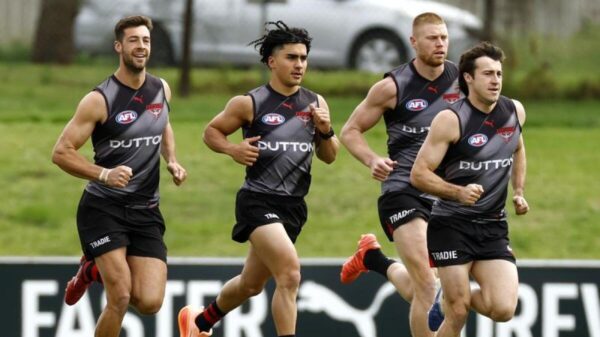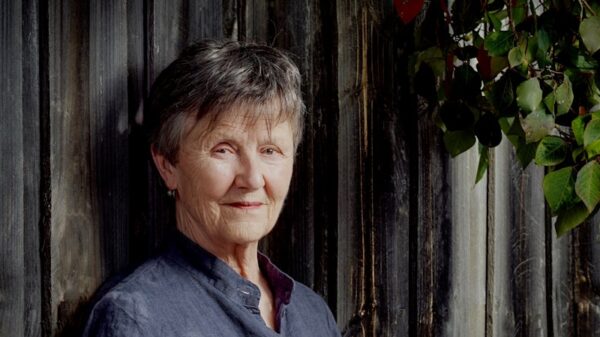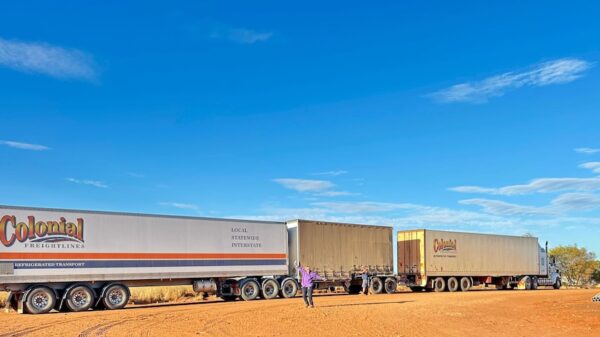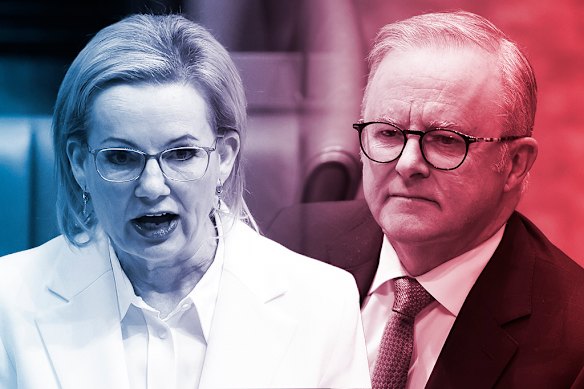Support for Prime Minister Anthony Albanese and the Labor Party continues to grow, as recent polling indicates a significant increase in voter backing. According to the latest findings from the Resolve Political Monitor, Labor’s support has risen to 37 percent, marking its highest level since just before the Voice referendum in October 2023. This figure reflects a two-point increase over the past month and a 2.5-point rise from the results of the federal election held in May.
In contrast, the Coalition, led by Sussan Ley, remains steady, with a primary vote of 29 percent. The Greens have maintained their support at 12 percent. Notably, the poll, which surveyed 1,800 people, reveals that while Labor is gaining traction, the Coalition’s position has not worsened, with Ley being recognized as the most likable Member of Parliament.
Labor Expands Its Lead
Labor’s lead over the Coalition has widened significantly on a two-party preferred basis, now sitting at 59-41. This represents the party’s strongest result since April 2023 and indicates a four-point increase since May. If these numbers were to hold in a national election, Labor could potentially increase its current tally of 94 seats, capturing Coalition-held electorates such as Longman in Queensland, La Trobe in Victoria, and Forrest in Western Australia.
According to Jim Reed, director of Resolve Strategic, Labor is “sitting pretty” with its improved primary and two-party preferred votes. Although the Coalition has not lost further ground, it has not made any significant gains either. Reed emphasized that while Albanese’s overall performance is strong, he is experiencing challenges on a personal level, which contrasts with Ley’s favorable reception among voters.
Implications for Future Elections
The polling results suggest a decisive shift in voter sentiment, with many believing that the Albanese government is addressing the right issues. This perception is crucial as Australia approaches future elections, with the potential for Labor to solidify its position further.
The political landscape remains dynamic, and the ability of both parties to engage voters will be critical in the months ahead. As the Coalition looks to regain its footing, Labor’s upward trajectory presents both opportunities and challenges for Albanese and his team.
In conclusion, Albanese’s post-election popularity shows no signs of waning, as the public appears increasingly supportive of Labor’s agenda. The ongoing political developments will be closely monitored as party leaders navigate a changing electorate landscape.

